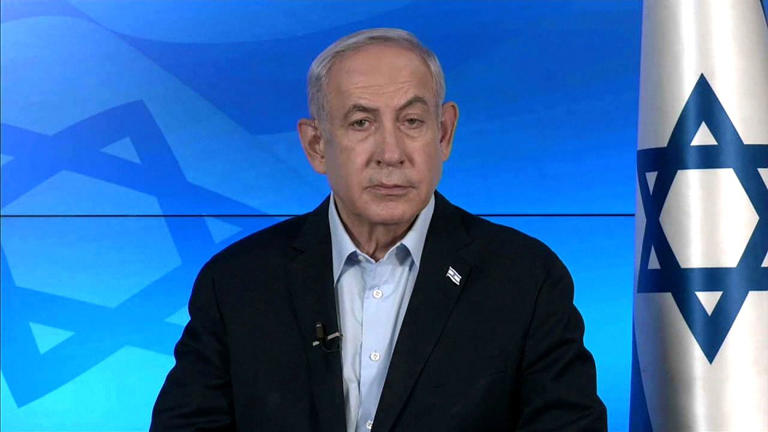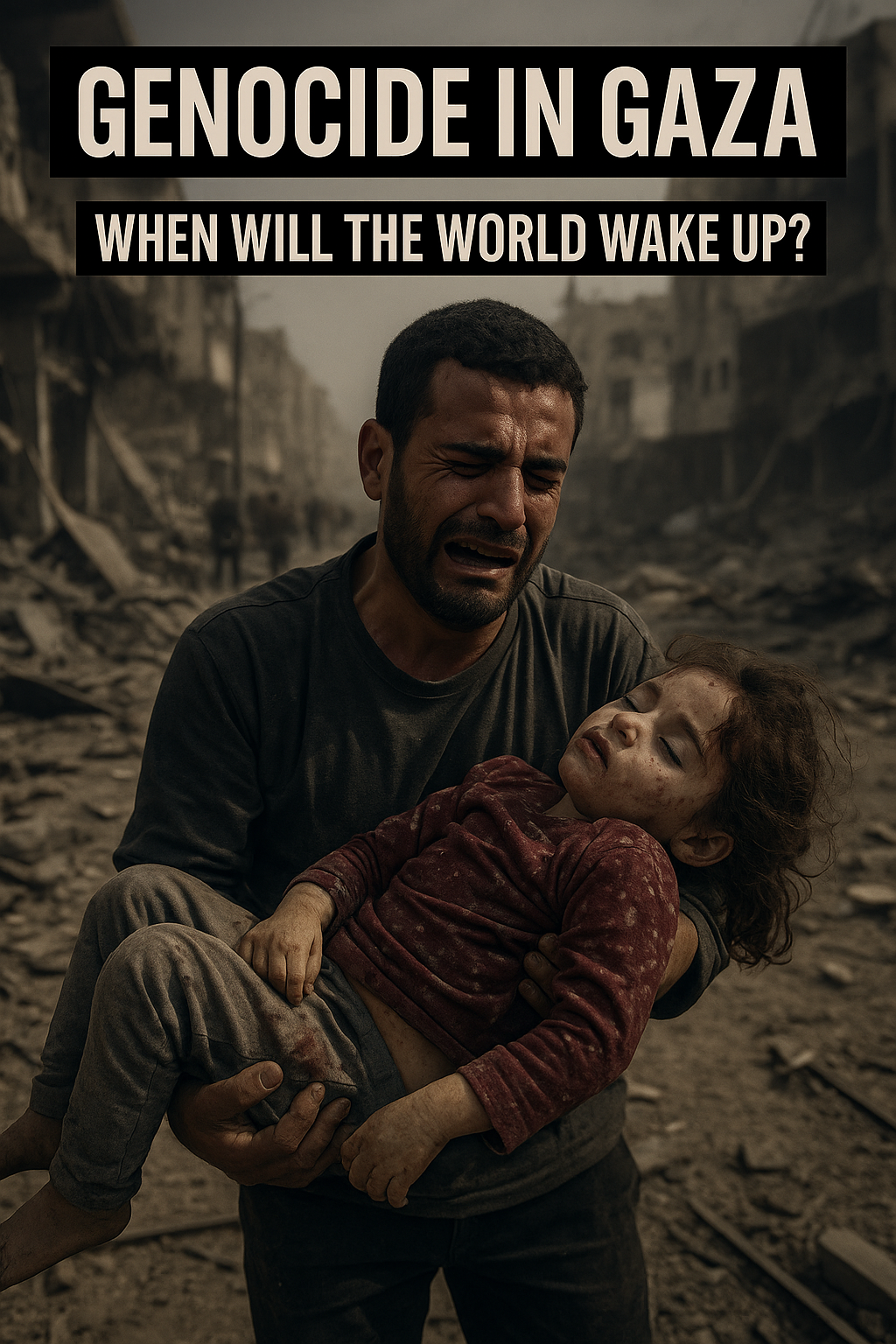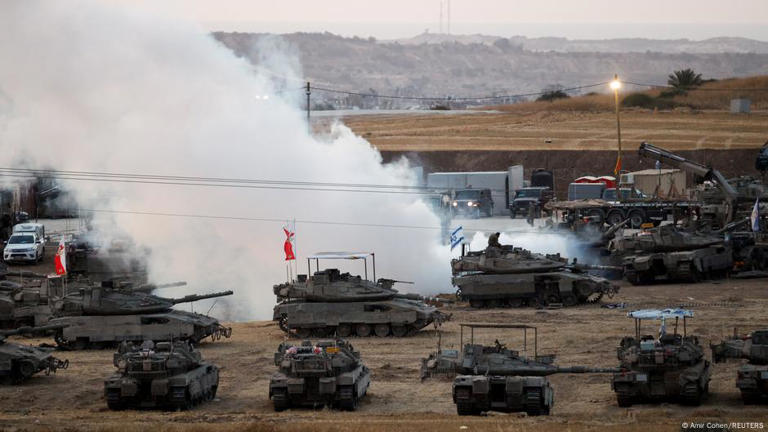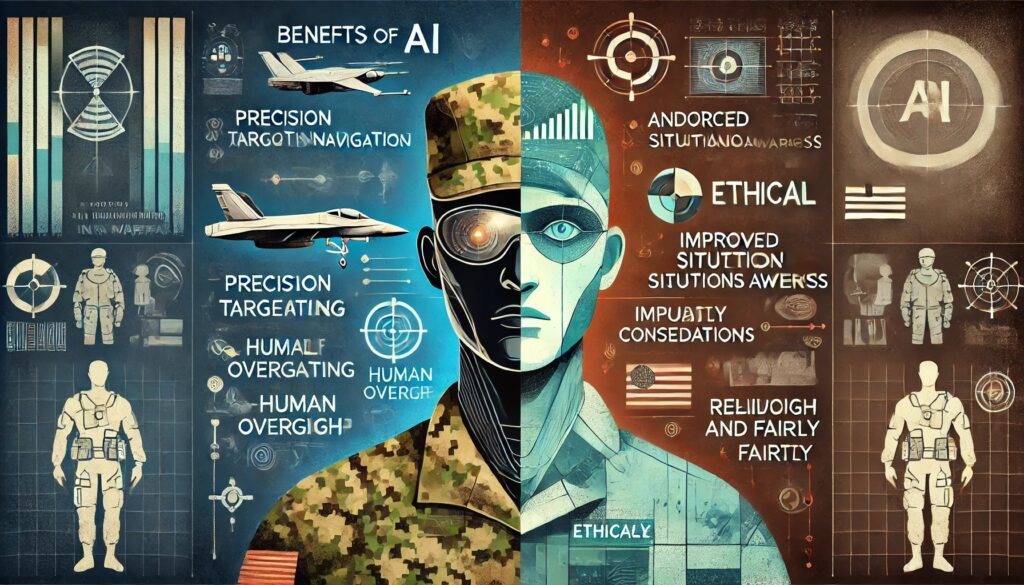The ongoing conflict in Gaza has once again erupted into a devastating humanitarian crisis, deeply rooted in decades of political tensions and failed diplomacy. Recent developments during former U.S. President Donald Trump’s Middle East visit have added new dimensions to the crisis. As Israel intensifies its military campaign under the guise of “destroying Hamas once and for all,” the region is witnessing unprecedented levels of destruction, displacement, and international condemnation.
Gaza is dying by the hour. With 53,000 dead, hospitals bombed, and children starving to death, this is no longer a conflict—it’s a massacre in plain sight. Israeli jets rain fire as mothers cradle malnourished babies in the rubble of their homes. Doctors operate without anesthesia, while world leaders debate semantics. South Africa cries genocide; American veterans starve themselves at the UN’s doorstep. But beyond the politics lies a truth too horrific to ignore: An entire generation is being erased. How many more graves must be dug before the world stops watching and ACTS?
As Gaza reels under yet another wave of deadly violence, the world watches with growing alarm. Israel’s newly launched military campaign—titled “Gideon’s Chariots”—has plunged the besieged Palestinian enclave into deeper turmoil, triggering condemnation and urgent warnings from key international players. The offensive, which began just days after former U.S. President Donald Trump’s visit to the region ended without a truce or hostage deal, marks a significant escalation in one of the most enduring and brutal conflicts of our time.
As we move deeper into 2025, the world is facing an escalating food security emergency. According to the latest Global Report on Food Crises, the number of people experiencing high levels of acute food insecurity is the highest ever recorded. Conflict, economic shocks, and climate disasters are pushing vulnerable populations to the edge—and in some regions, over it.
With more Israeli forces than ever now deployed inside Gaza, and a fresh call-up of reservists, the situation has shifted from dire to devastating. Gaza is now under a relentless siege—cut off from food, water, medicine, and electricity for over six weeks. Despite warnings from the UN, WHO, and multiple human rights watchdogs about the imminent threat of mass starvation, the aid blockade remains firmly in place.
“As Israel’s offensive claims over 250 Palestinian lives in three days, the world watches in horror. But is this a legitimate counterterror operation or a disproportionate response bordering on war crimes? The shocking numbers tell a disturbing story.”
“Israel stands on the brink of its most devastating Gaza offensive yet, with Netanyahu vowing to deploy ‘full force’ regardless of hostage negotiations. As airstrikes intensify and 90% of Gazans face water shortages, we examine the human toll of a war with no endgame in sight – and why Macron’s condemnation has sparked diplomatic fury.”
The face of war is changing—from traditional battlegrounds to digital frontiers. In today’s rapidly evolving landscape, artificial intelligence (AI) in warfare is emerging as a transformative force. Nations are integrating smart technologies into defense strategies, reshaping not just how wars are fought, but how they’re perceived, managed, and even deterred.
In a significant development in the ongoing Gaza conflict, Hamas has announced the imminent release of Edan Alexander, the last known living American hostage held in Gaza. The decision comes as part of early steps toward a potential ceasefire agreement that could bring critical humanitarian relief to the region.





